Every person, with whatever camera, can shoot images that are sharp edge to edge. And every subject in this world has been shot, tack sharp. And for some reason, the human eye loves these sharp images.
Sure, they look amazing and yes, sharp images sell well, and look amazing when printed correctly. But….. should every image be amazingly tack sharp, edge to edge?
Nope.
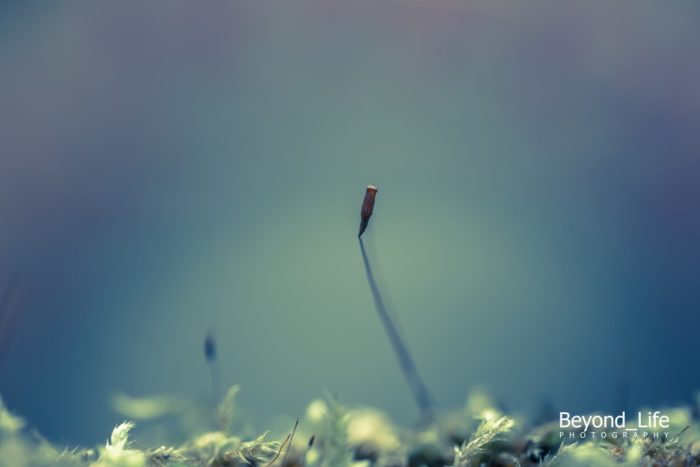
Join me as we step outside the box
History dictates images should be sharp. I consider myself a person that doesn’t like to follow rules. I obey rules in certain situations. Sure, who doesn’t.
But whenever I can, a switch in my head flips and I ask myself: “Can I do this better/faster/easier/prettier? Is it possible I perform this task/project/thought/dinner in a different way? How can I make sure this mundane subject is different from the rest?”
Because: being different rocks. Thinking outside the box is amazing. And being a photog that does stuff differently, is even better. Welcome to my “Think outside the box” world.
Or as they say in The Matrix: “There is no box”.
Why is sharpness so overrated?
So, why do I think sharpness is overrated? Because you can shoot the same subject totally differently by opening up your lens to it’s biggest aperture and create creamy soft, dreamlike images that gives you the idea you just stepped into a world stuffed with fairy’s. And if there is something that’s not overrated, it’s fairy’s.
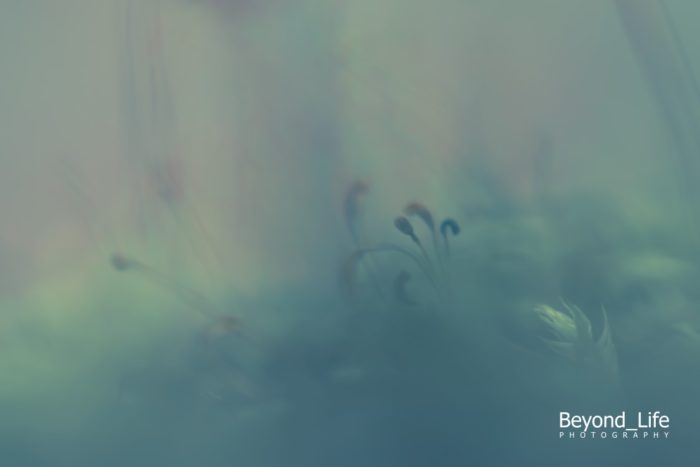
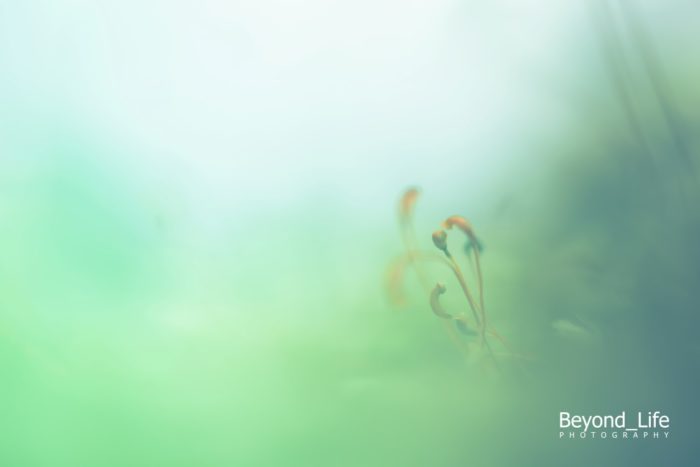
What Do You Need For This Type of Photography?
So, how are we going to create creamy soft dreamlike images? Below is a list with items that can make this process easier. But like I said before: rules are there to be broken.
Use whatever gear and settings you want. Step outside the box! Are you a Lensbaby lens user? Get your gear out.
Are there any specific lights you love? Get the out there with them. Got some candy wrappers around? Stick them to your lens and create lens flare with a different color.
Your wide-open, zoomed-in photography gear list
- A macro lens. I use a Tamron 90mm 2.8 (Amazon/B&H Photo) or a 50mm 1.8 (Amazon/B&H Photo)
- Extension tubes (help you zoom in even farther with your lens). You can get a set of tubes on Ebay for nearly nothing, or Amazon/B&H Photo.
- Free Lensing a Plastic Fantastic also works!
- Lensbaby lenses are a ton of fun to use an create really unique effects (Amazon/B&H Photo)
- A subject against a simple, uncluttered background like moss on a rock, or tree stump. I recently used moss on a lava rock in the garden with a colorful plate behind it.
- Steady hands. We won’t be using a tripod with this one.
- The Hacking Photography Old School Presets set. I found that this set works best on these sorts of images.
- Lots of light (see explanation below)
- Lightroom and the ability/knowledge on how to create, use, and combine presets.
Let’s talk about the bullet with “Lots of light”. Macro lenses have the sneaky ability to let less light in. Even when you open them up, all the way.
With these kinds of shots, having a lot of light, you can create shots with an overall softness and even background. If you ask me, metering is the big culprit here. The shots you see on this page were all create in daylight, with a harsh sun.
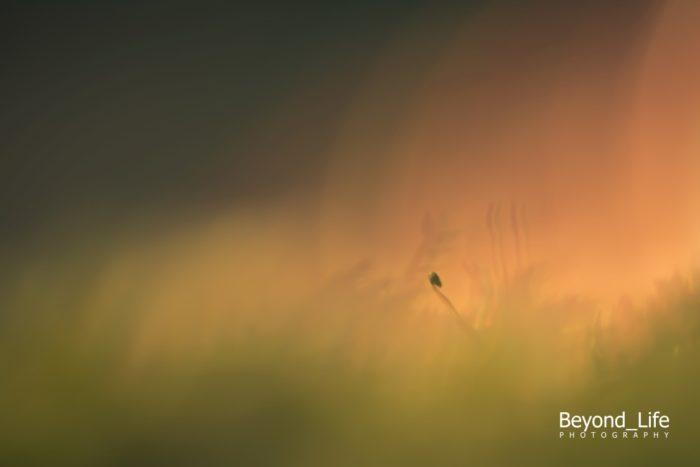
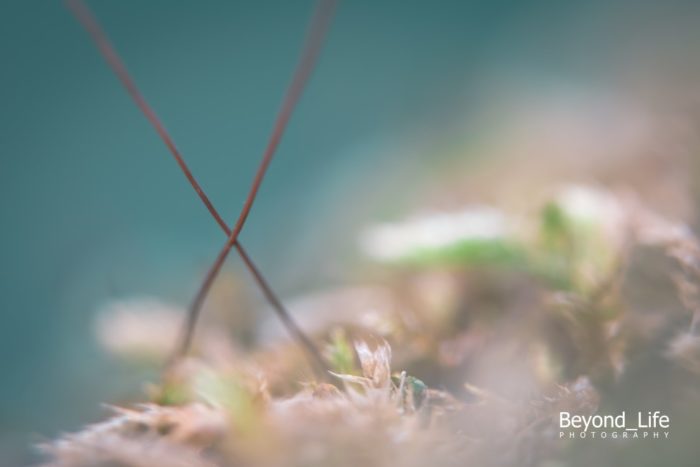
Let’s Get Shooting, Shall We?
Starting off right
Get in a comfortable position. In my case I was sitting in my backyard with the lava block with moss on top of a plastic box to get it elevated.

Here are my settings:
- Aperture priority mode,
- ISO at 100
- 90mm Tamron lens set to f/2.8.
Depending on the light I use either spot-metering or evaluative mode. With just switching between metering modes, you already can get extremely creative and try a lot of stuff out. Try the different metering modes on your camera and see what happens.
Shooting the photo
Focusing tips – use manual focus
Next step is shooting. If you use tiny subjects like my tiny moss plants, turn your (macro) lens to the shortest focusing distance and switch it to manual focus. Creep up close to the moss and start focusing by moving the camera. This way you can get as close as possible.
Be careful with movements. Because of the huge opening in your lens and the small distance to the moss, the depth of field is extremely small. Like tiny, tiny, small. The parts that will be in focus will be also, extremely small/shallow.
On the other side, if you do move around, you can get crazy backgrounds. See the colorful water guns in my backyard? Or the blue trampoline? Even the green fake grass, and the pink container can create amazing backgrounds if you just move the lens a few inches.
Using lead room to compose your shot
This is the best part about this kind of photography: although the in-focus parts are small, they will guide the eye through the image. Because of the extremely shallow depth of field you will be creating (because of the big aperture), composition by “Lead Room” will be your most-used composition.
One aspect of composition pertains to lead room, which is vital in nature and wildlife photography. This refers to providing extra space in your frame. As an example, you need to have extra room or space in the direction in which an animal’s eyes are looking. This will help create balance in your photo. So if a frog is looking towards the left, the left side should have more space compared to the right.
Of course, this logic applies to whatever you are shooting.

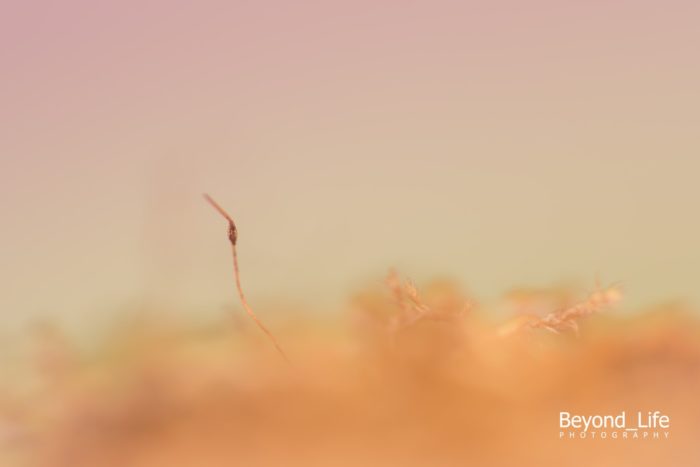
Creating dreamy colors for dreamy photos in Lightroom
Now that you are done shooting that teeny tiny subject, let’s start the editing part.
This portion relies on your ability to push the notion of reality a bit to the side, and create dreamlike, fairytale images.
I like using Lightroom presets to get a starting point, then edit from there
Two sets of presets that helped me out a lot in this process were the HP Color Blast presets and HP Old School presets.
Those two sets can give you a good start to get you going. And as you might already know: presets aren’t the total solution but they provide a great start.
There is no perfect preset. The key here is to try any preset you can find and just get going. Your fantasy is the only thing holding you back.
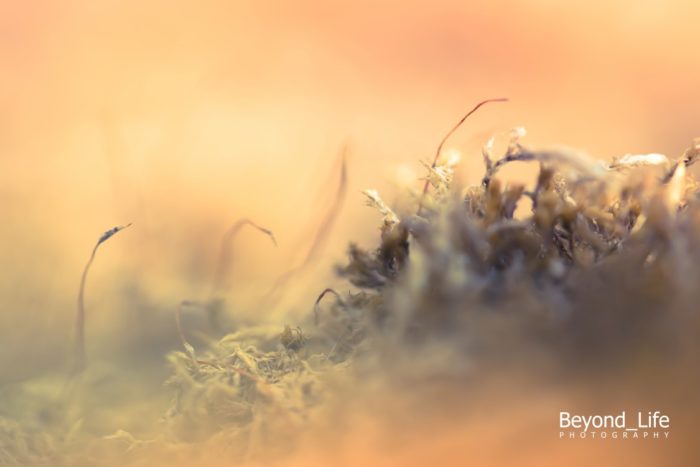

Tips for storing/using presets
For these kind of little projects I like to create and use presets that are combinations of other presets. Mike created a video on how to choose the perfect Lightroom preset a while ago so I’m embedding it below:
Normally, I store presets in a functional order. In other words, I lump ‘black and white’ presets together in a folder, ‘fairytale’ color presets together in a folder, etc.
If I want to be sure I create something totally unique each time, after I’ve combined a few presets and added my own personal tweaks I delete those custom presets. I also don’t look at my Lightroom history or create virtual copy’s. Sometimes I just print the best version and delete backups, raw files etc!
Not everyone will want to work that way, but I find it keeps my edits fresh and unique after every batch of photos I process.
I hoped you liked this article. If it made you go shoot teeny tiny stuff wide open, I’d love to see your results in the comments!
Helpful tools mentioned in this post:
Color Blast Presets

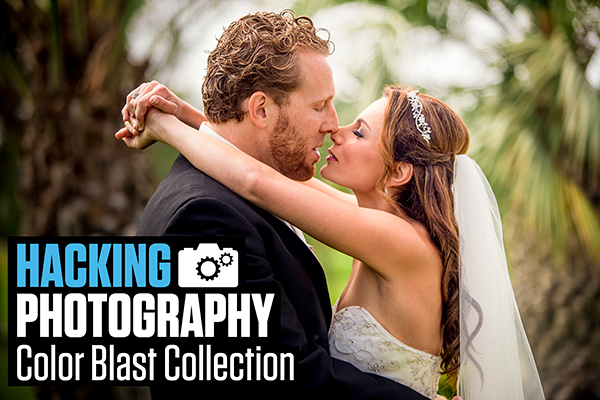
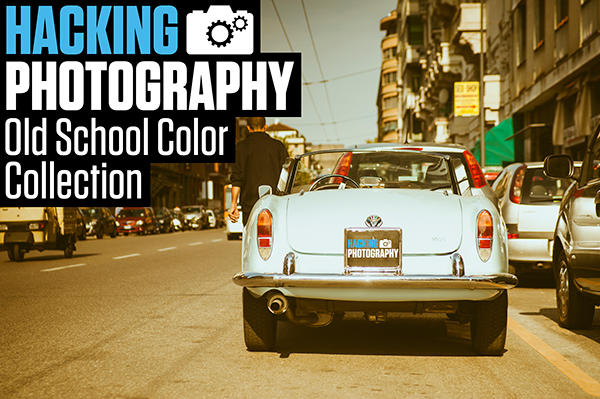
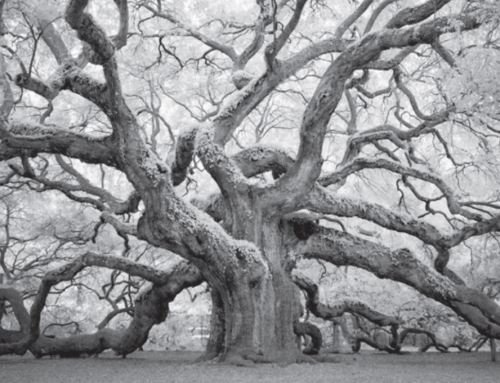
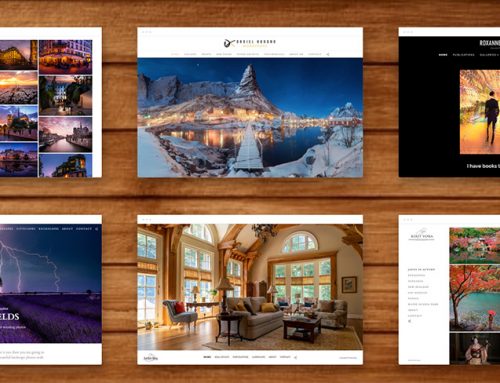
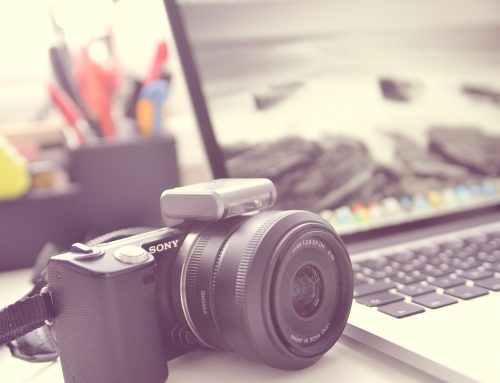
I loved this! I’m going out tomorrow and I’m going to try this technique. Thank you for a great post.
A great piece Robert, really refreshing to read an article that promotes being different. Thanks.
Great article, Robert! These images really resonate with me! I agree, sometimes it’s not about getting images ‘tack sharp’ but evoking a feeling or an emotion!